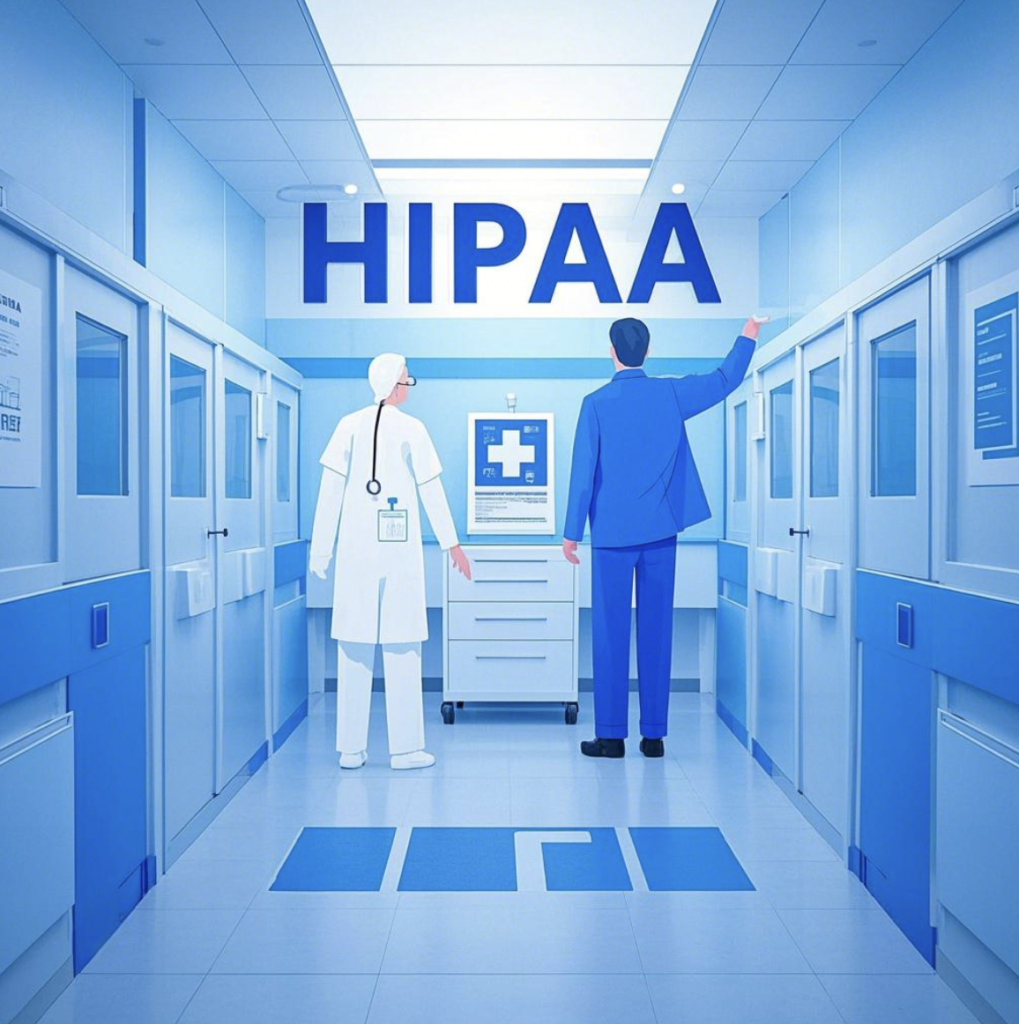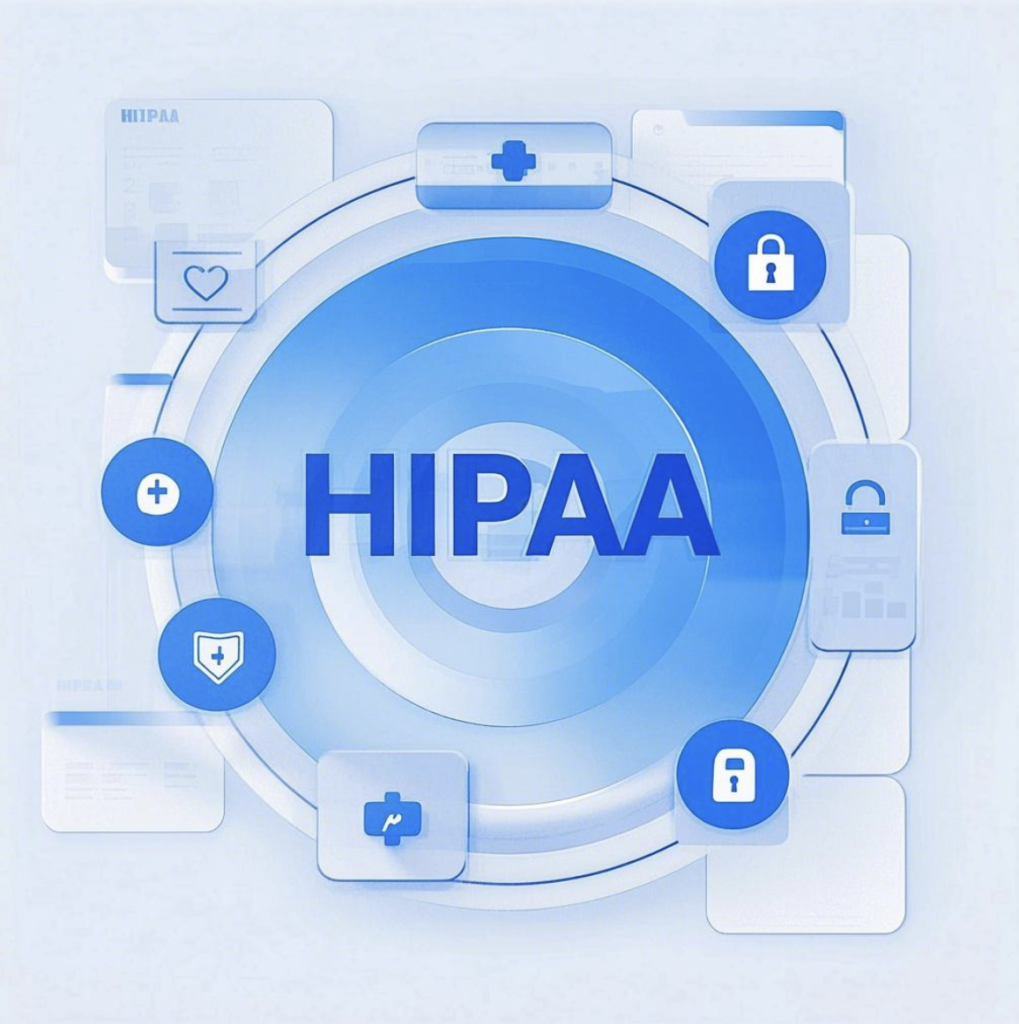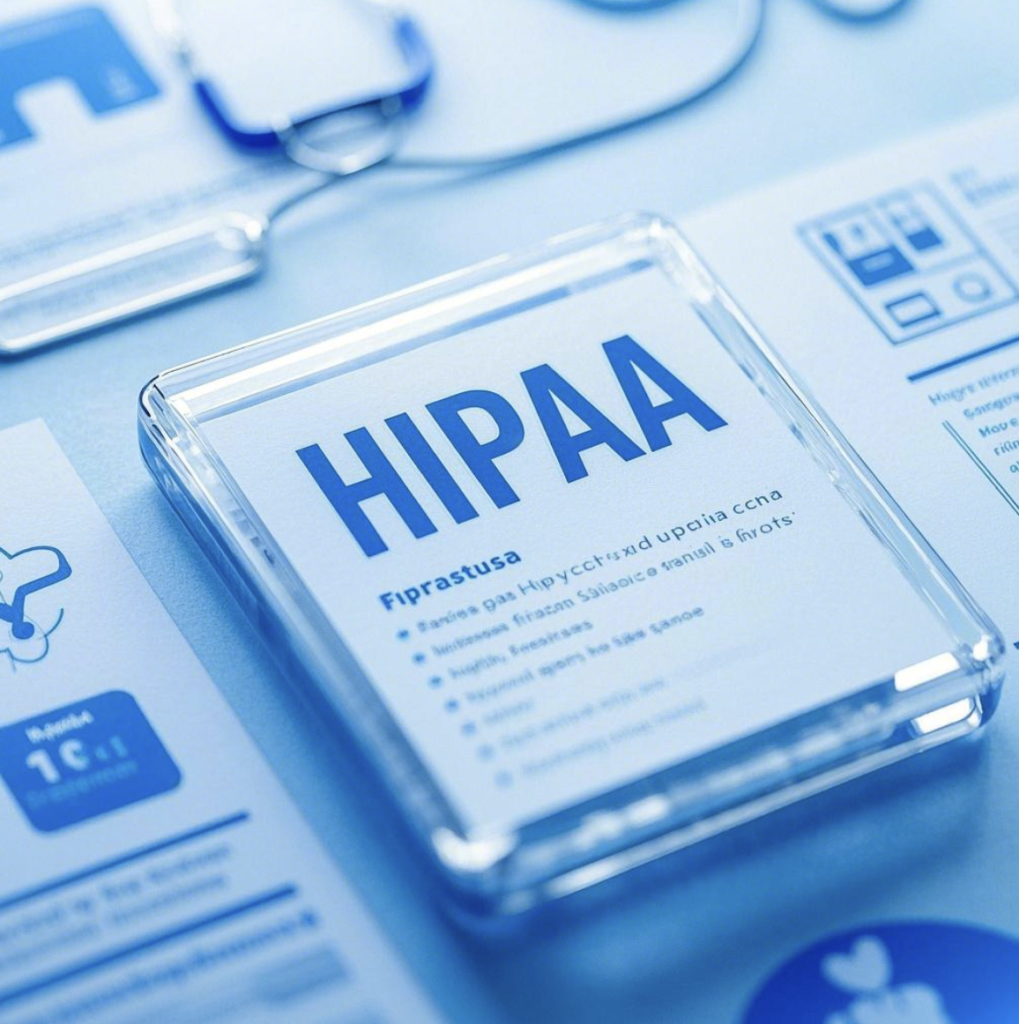HIPAA typically refers to the Health Insurance Portability and Accountability Act, a U.S. legislation enacted in 1996. This act primarily focuses on:
- Health Insurance Portability: Ensuring individuals can maintain health insurance coverage when changing jobs.
- Data Privacy and Security: Setting standards for the protection of sensitive patient health information, including electronic health records.
- Administrative Standardization: Standardizing healthcare transactions and code sets to reduce administrative burdens.
If you meant something else by HIPAA, such as a specific CRM feature or another concept, please provide additional context so I can give a more precise explanation.

The Importance of Understanding HIPAA in Healthcare Communications
In the healthcare industry, the Health Insurance Portability and Accountability Act (HIPAA) stands as a cornerstone regulation that significantly impacts how healthcare organizations manage patient information and communicate with stakeholders. Understanding HIPAA is not just a legal requirement but a fundamental aspect of providing quality care and maintaining trust with patients.
Aspects of HIPAA
Privacy Rule
- The Privacy Rule under HIPAA sets standards for protecting individuals’ medical records and other personal health information. It gives patients control over how their PHI is used and disclosed, ensuring they can make informed decisions about their healthcare.
Security Rule
- This rule requires healthcare providers to implement safeguards to protect electronic PHI. This includes technical measures like encryption and access controls, as well as administrative policies to manage cybersecurity risks.
Breach Notification Rule
- In the event of a PHI breach, healthcare providers must notify affected individuals, the Department of Health and Human Services (HHS), and in some cases, the media. Swift and transparent notification is crucial to maintaining trust and mitigating harm.
Implications for Healthcare Communications
Trust and Patient Relationships
- HIPAA compliance fosters trust between patients and healthcare providers. When patients are assured that their information is protected, they are more likely to engage openly in healthcare discussions, leading to better health outcomes.
Legal and Financial Risks
- Non-compliance with HIPAA can result in severe consequences, including substantial financial penalties and legal action. Proactive adherence to HIPAA regulations helps healthcare organizations avoid these risks and maintain their reputation.
Data Management and Security
- HIPAA requires robust data management practices, ensuring that PHI is handled securely throughout its lifecycle. This includes secure storage, transmission, and disposal of PHI.
Training and Awareness
- Healthcare staff must be trained on HIPAA requirements to ensure they handle PHI appropriately. Regular training sessions and clear policies help maintain a culture of compliance within the organization.
Practical Steps for HIPAA Compliance
Conduct Regular Training
- Implement regular training programs to ensure all staff understand HIPAA requirements and know how to handle PHI correctly.
Develop Clear Policies
- Create comprehensive policies that outline how PHI should be managed, including access controls, data sharing protocols, and breach response procedures.
Implement Technical Safeguards
- Use encryption, secure authentication methods, and audit controls to protect electronic PHI from unauthorized access or disclosure.
Perform Regular Audits
- Regularly audit your organization’s HIPAA compliance practices to identify vulnerabilities and ensure ongoing adherence to the regulations.
Maintain Documentation
- Keep detailed records of all HIPAA-related activities, including training sessions, policy updates, and breach response actions.
By understanding and adhering to HIPAA regulations, healthcare organizations can protect patient privacy, avoid legal repercussions, and build stronger patient relationships. This commitment to compliance ultimately enhances the quality of care and maintains the integrity of the healthcare system.

Features of HIPAA Compliant Customer Service
Here are some of the crucial features I look for and implement in customer service systems to ensure HIPAA compliance:
Data Encryption
- All communications containing PHI must be encrypted, both in transit and at rest. This means that if a message is intercepted, it cannot be read without the decryption key. I always confirm that encryption protocols meet or exceed industry standards.
Secure Communication Channels
- Using secure, HIPAA-compliant communication channels is non-negotiable. This might include secure email platforms, encrypted messaging apps, or specialized customer service software with built-in security features. CloudTalk, Giva, and others offer HIPAA Compliant solutions.
Access Controls and Audit Trails
- Strict access controls limit who can view and handle PHI. Only authorized personnel should have access, and every access should be logged and auditable. I ensure there are systems to monitor and record all interactions with PHI.
Business Associate Agreements (BAAs)
- When working with third-party vendors for customer service tools or support, a signed BAA is essential. This legally binds the vendor to the same HIPAA compliance standards as your organization. This is a step I never overlook.
HIPAA-Compliant Ticketing Systems
- For customer support and service, using a HIPAA-compliant ticketing system (like those offered by iFax and other vendors) is vital. These systems prioritize and assign inquiries while ensuring the protection of sensitive patient data.
Automated Verification and Tasks
- Automating patient verification and other routine tasks helps to minimize the risk of human error and data breaches. Features like 24/7 AI receptionists (mentioned in the context information) can improve efficiency and patient satisfaction while maintaining compliance.
Regular Training and Risk Assessments
- Ongoing training for customer service staff on HIPAA regulations and best practices is critical. Regular risk assessments are also essential to identify and address potential vulnerabilities. As part of my role, I help create the training materials.
Staff Training of HIPAA Compliance
Effective HIPAA training goes beyond a one-time presentation. It should be comprehensive, engaging, and ongoing.
Understanding HIPAA’s Core Rules
Staff must grasp the fundamentals of HIPAA, including:
- The Privacy Rule: This rule sets national standards for protecting individuals’ medical records and other personal health information. Training should cover patient rights, permitted uses and disclosures of PHI, and the importance of obtaining patient authorization when required.
- The Security Rule: This rule specifically addresses the protection of electronic PHI (ePHI). Training should cover administrative, physical, and technical safeguards to ensure the confidentiality, integrity, and availability of ePHI.
- The Breach Notification Rule: This rule mandates that covered entities and business associates notify affected individuals, HHS, and, in some cases, the media, following a breach of unsecured PHI. Training should cover the procedures for identifying, reporting, and mitigating breaches.
- The Omnibus Rule: expands the scope of HIPAA, holding Business Associates (BAs) to the same standards as Covered Entities (CEs).
Role-Specific Training
Training should be tailored to the specific roles and responsibilities of different staff members. For example, medical office staff likely require more comprehensive training than other healthcare employees due to their frequent interaction with patients and PHI. Training modules should address the unique challenges and responsibilities of each role.
Interactive Learning Methods
Passive lectures are often ineffective. Incorporate interactive learning methods, such as:
- Case studies: Present real-world scenarios and ask staff to analyze how HIPAA applies.
- Role-playing: Simulate interactions with patients and colleagues to practice handling sensitive information appropriately.
- Quizzes and assessments: Test knowledge retention and identify areas where further training is needed.
- Gamification: Use game-based elements to make training more engaging and memorable.
Ongoing Training and Updates
HIPAA regulations and best practices evolve. Regular refresher training and updates are crucial to ensure staff remain compliant. Annual training is generally recommended, but more frequent updates may be necessary in response to new regulations, security threats, or internal policy changes.

How to Verify HIPAA over the Phone?
Verifying compliance with the Health Insurance Portability and Accountability Act (HIPAA) over the phone involves ensuring that all phone-based interactions involving protected health information (PHI) adhere to HIPAA’s privacy and security rules. Here’s how to verify HIPAA compliance during phone communications:
- Authentication: Confirm the caller’s identity using secure methods like passwords or security questions.
- Authorization: Ensure the caller has legitimate access rights to the PHI being discussed.
- Encryption: Use encrypted phone lines or secure communication tools to protect PHI during transmission.
- Documentation: Keep records of all phone interactions involving PHI, including caller details and the purpose of the call.
- Training: Ensure all staff handling PHI over the phone are trained in HIPAA requirements.
- Policies and Procedures: Maintain clear policies for phone-based PHI discussions, including steps for handling breaches or accidental disclosures.
- Audits: Regularly review phone interaction records to ensure ongoing compliance with HIPAA standards.




